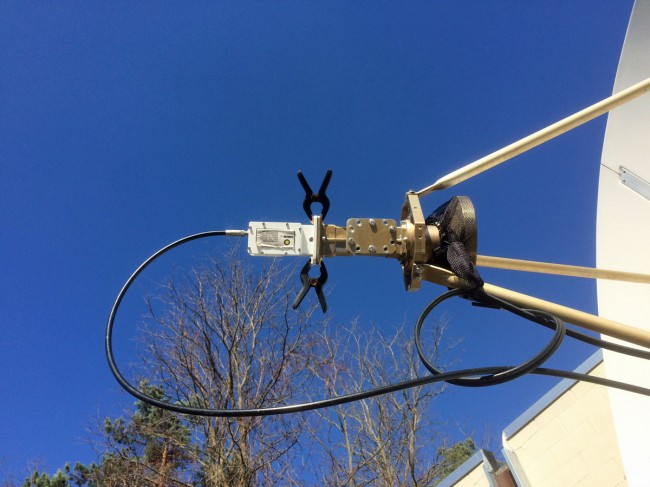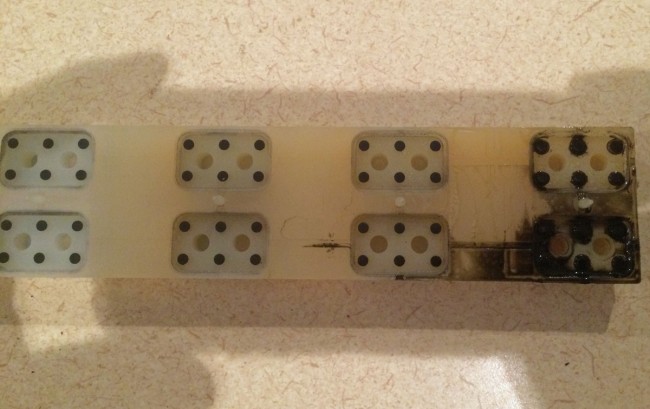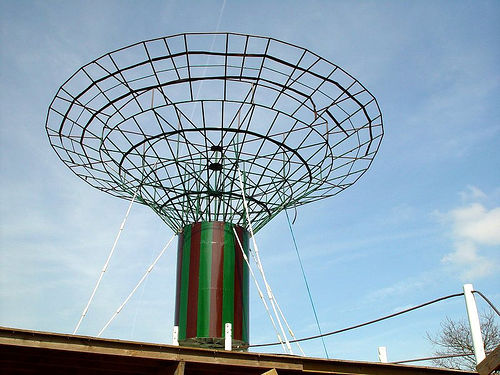I wrote a little Haiku about Thanksgiving dinner:
Telephone rings
Old transmitter beckons
Dishes get cold
Not exactly the 5/7/5 of a traditional haiku, but close enough. This year, it was the nearly 30-year-old Broadcast Electronics FM35A at WEBE. A set of readings from the remote control reveal; zero forward power, zero plate current, and 12.8 KV plate voltage. My first assumption was some sort of drive issue; a failed exciter or IPA driver. After starting the backup transmitter and making sure that it was running stably, I spoke with the program director and told him we would be out the next morning.
Upon arriving at the transmitter site, I found the BE transmitter had no filament voltage. An obvious clue, I began working backward from the tube socket until I found this:
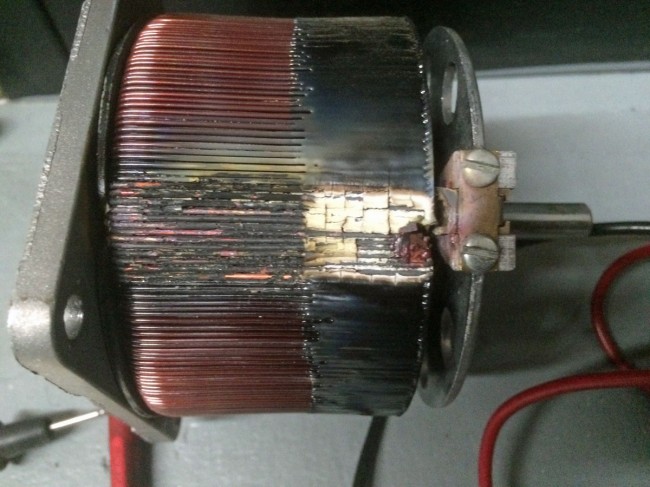
This is the auto-transformer that regulates the filament voltage. Schematically, it is noted as T204 and it is in series with one side of the filament transformer. This one is burned open. The bad news; Broadcast Electronics does not stock this part, it is a special order item, the replacement part costs $2,800 dollars and it will take a few weeks to get here. The good news, after digging through our stock of old transmitter parts, I found an exact replacement:
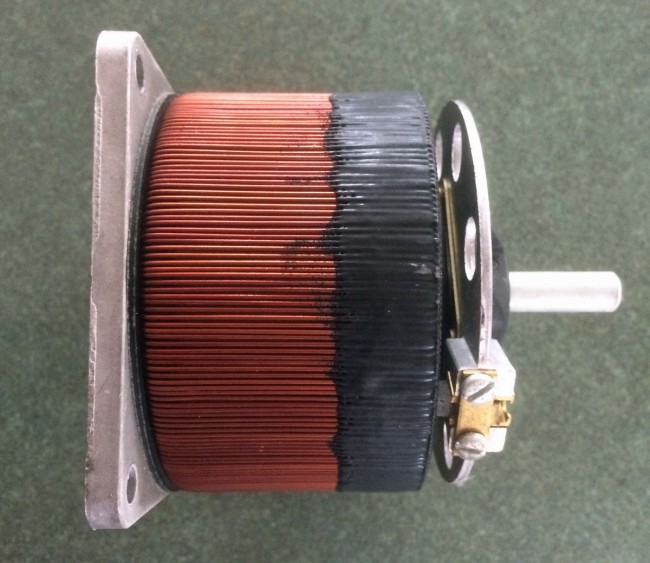
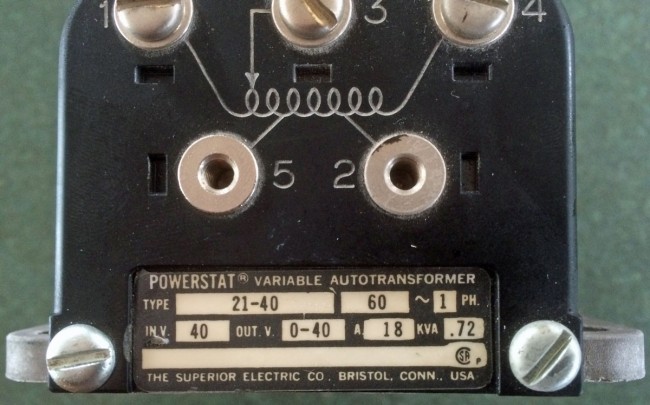
We will be installing it on Monday morning.

